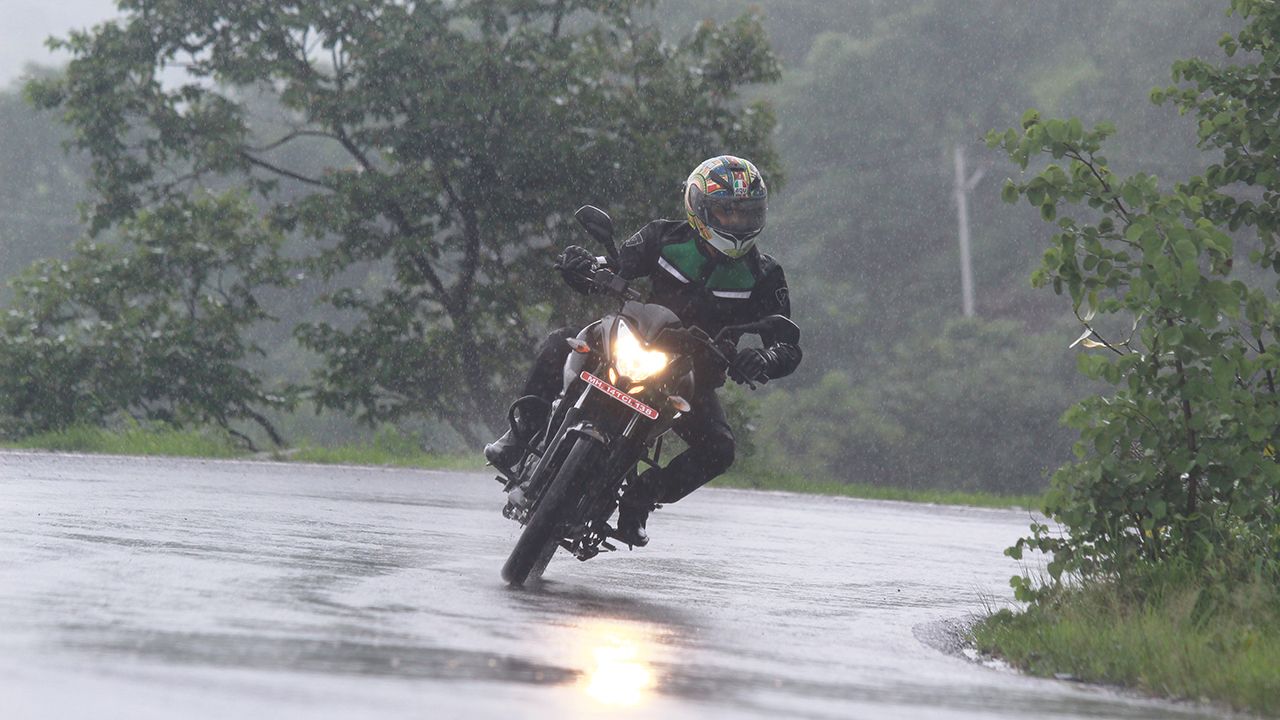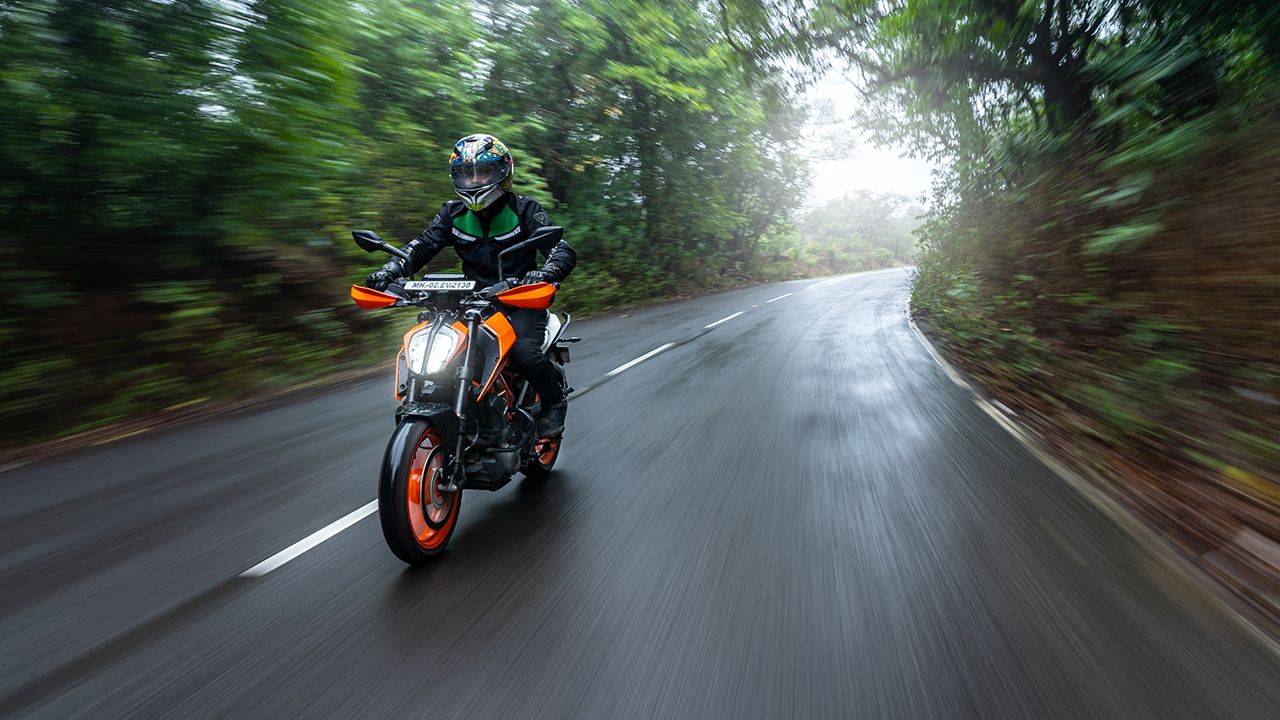
The monsoon makes riding a two-wheeler a risky affair. From checking the condition of your tyres to avoiding aggressive inputs, here are some tips that will keep you safe while riding
With the lockdown being eased across the country, we can finally take our two-wheelers out for a ride. While we have been patiently waiting to ride again, it is important not to get carried away and compromise our safety and the safety of others. While the threat of coronavirus is still upon us, the monsoon brings with it an increased risk for two-wheeler riders too. You may have read several articles on safe riding during the monsoons in the past, we thought it is time for a revision.
Avoid riding in the first rains: Some cities across the country have already experienced the first showers of the year. For people in regions that still haven’t got the first rains, we would strongly advice to not ride during this time. All the oil and coolant leaked from vehicles over the past year resurfaces with the first shower. In fact, the wet road makes it almost impossible to differentiate these traction-compromising fluids from rainwater. Under such conditions, it is exceedingly risky to ride, and it is highly recommended to refrain from riding unless absolutely necessary.
Check the health of your tyres: While this is something that you should have already done in preparation for the monsoon, we understand that it may not have been possible due to the lockdown. It isn’t too late still. Check the condition of your tyres, to ensure that it has enough tread and grip. You can do this by inserting a one-rupee coin in the thread – the coin should go as deep as the head of the four-lion emblem. Also, inspect them for minor cracks that may have developed over time. If your tyres fail to pass both of these tests, it is time to replace them immediately. Also, ensure that you check the pressure in both of your tyres regularly.
No aggressive inputs: Try to be as smooth in your inputs as possible – during acceleration, braking, or even while changing direction. Going hard on the accelerator may result in loss of traction on the rear wheel, something that can take you off guard and result in a crash. Stopping distances are higher on wet road surfaces, so maintain a safe distance and plan your braking in advance. Avoid using the rear brake during cornering – it may result in a low-side crash.
Don’t splash water: While splashing water may remind you of your childhood bicycle escapades, it is easily the most unsafe thing to do for numerous reasons. First, there is no knowing the depth of the pothole under the puddle – it can take you by surprise, unsettle the bike, and may result in a crash. Secondly, you increase the chances of water going into the spark plug. The last thing you want is your two-wheeler to give up on you when it is raining cats and dogs. And lastly, it is basic riding courtesy to not splash water on pedestrians and fellow riders.
Invest in a good helmet and riding gear: A good safe helmet is an absolute must-have for all two-wheeler users. So, if you don’t have a well-fitting lid, it is time you invest in one. And while you are at it, it is highly recommended that you purchase one with anti-fog properties. With rainfall and splash from the vehicles ahead already compromising visibility, the last thing you'd want is a fogged-up visor. It is advisable to buy a helmet with a pin-lock.
Rain gear: Get yourself a full-body raincoat to stay dry – a shivering body can also lead to a lapse in concentration and unnecessary mistakes. Purchase a raincoat that is considerably bigger than your actual size – you could wear this over your protective gear for increased safety. Ensure that you get a size that doesn't cramp your movement on a motorcycle.
The monsoon can be the best season to ride in India if you take all the aforementioned safety measures. The weather is not exceedingly hot, there is a wonderful freshness in the air, and, above all, the lush green landscape is absolutely stunning. And then, nothing beats the joy of having a piping hot cup of tea and vada pav after an amazing ride in the rain, does it?
Also Read:





















Write your Comment